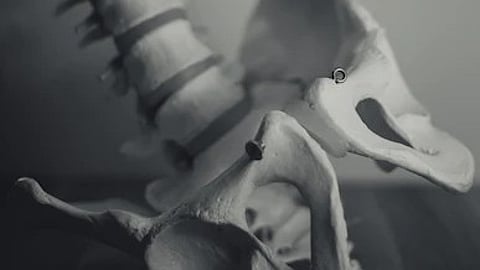Osteoporosis or osteopenia is common in postpartum women, primarily due to a combination of hormonal changes, nutritional factors and lifestyle changes during and after pregnancy.
"Often, the people who are in the postpartum period, meaning after the pregnancy, tend to develop certain bone and joint disorders, and one of the primary reasons that this happens is because of the alteration of the bone density," Dr Bagaria said.
In pregnancy, certain hormones like oestrogen and progesterone, which help support the growth and development of the foetus are altered and these typically tend to suppress the bone resorption but because of the alteration, this may not happen.
After childbirth, there is a sudden drop in these hormones resulting in increased bone resorption and a temporary decrease in bone density, the doctor said.
Breastfeeding also is an important factor. While breastfeeding offers numerous health benefits for both mother and baby, it can also be a contributory factor for decreased bone density, Dr Bagaria said, suggesting such women to boost their diet with essential nutrients, like calcium, and vitamin D.
Sleep deprivation can also increase stress levels which are common during the postpartum period, and can negatively impact bone health. It is important to take enough rest, manage their stress, and if there is any prolonged orthopaedic condition or orthopaedic symptom, they should consult an orthopaedic specialist.
The doctors also suggested increasing daily dietary calcium intake with foods such as tofu, almonds, Brazil nuts, salmon, and dark-green leafy vegetables as a source of calcium. And indulging in physical activities like brisk walking, tai chi, dancing or weight training, aerobic activities (2-3 times a week), resistance exercises/strength-building exercises (1-2 times a week) and also include stretchable and flexibility exercises in the routine.
Avoid smoking and excessive caffeine intake as it is also associated with osteoporosis, they said.
(IANS/SR)


